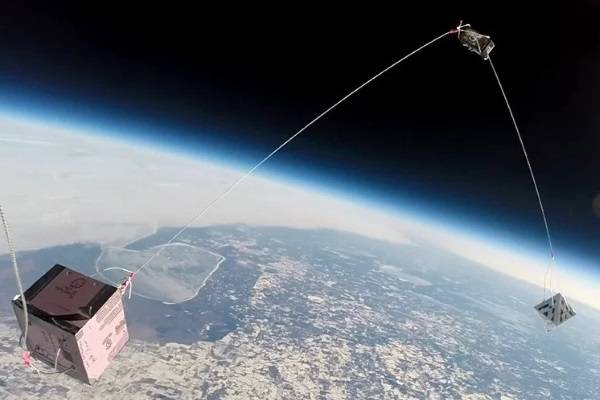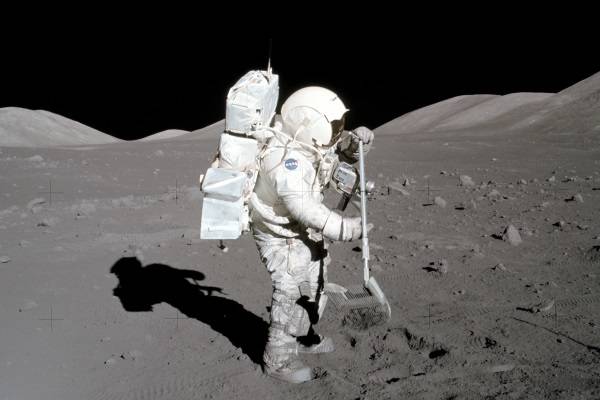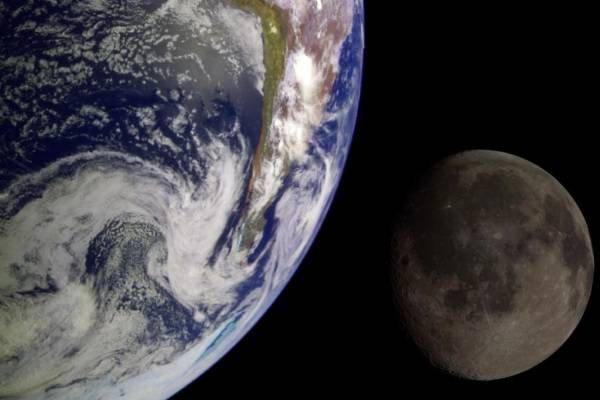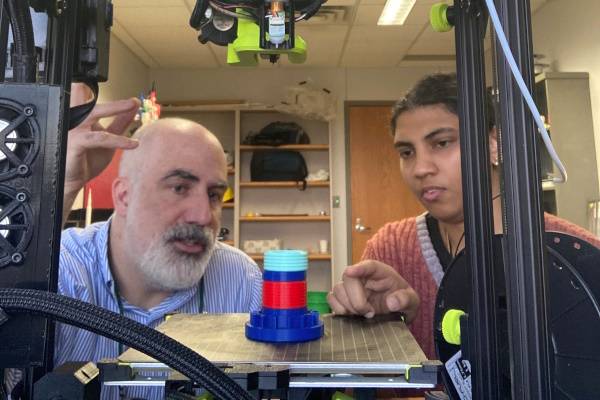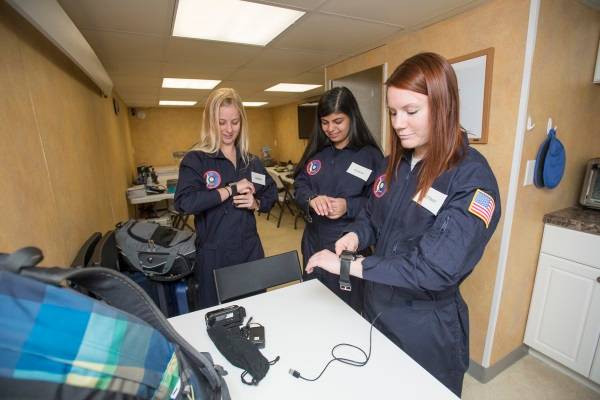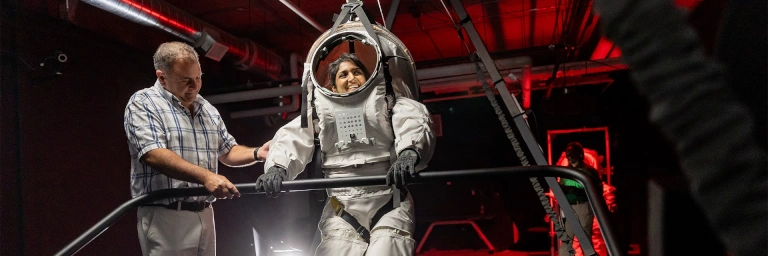
Research
View past student research; also learn about the Space Studies Symposium.
The UND Observatory primarily supports broadband photometric research projects for asteroids, variable stars, and exoplanets, as well as stellar visible-λ spectroscopic research.
UND Space Studies' student-led high-altitude balloon program routinely launches helium-filled latex balloons into the stratosphere.
Outer space has become a critical topic on the global agenda, with a significant impact on the entire international system.
Near-Earth and Main-Belt Asteroid Spectroscopy
UND Space Studies has supported several research projects to study the surface mineralogy of both near-Earth and mail-belt asteroids.
Planetary Industrial Operations
Resources must be located, extracted, and refined to produce and distribute the products needed for sustainment and growth. The development of such integrated production systems is the focus of this research area.
Students have an opportunity to study and research, as well as post their own views on, the role of government in space exploration and legal issues associated with private industry in space.
The Space Operations Group provides students with the opportunity to learn about satellite mission operations, aerospace mission concept development, and stratospheric ballooning. SOG operates the Odegard Ground Station, the Mobile Ground Station, and the Space Operations Center.
The Space Propulsion Lab within our department offers an exceptional opportunity for students to gain hands-on experience in propulsion technologies and hypersonic aerodynamics.
Spacesuit Research/Planetary Surface Habitation
Many students are heavily involved in a variety of topics (planetary spacesuits, rovers, robotic systems, and planetary surface habitats) with this NASA-funded project.
Learn about how to add your research to this website.
For research funding opportunities, visit the ND Space Grant Consortium.

